Image is unavailable
JEEP SAFARI CHANIA SUNSET
EUR 79
Image is unavailable
COOKING APOKORONAS
EUR
Image is unavailable
JEEP SAFARI CHANIA TOUR 1
EUR 95

TASTING TOUR KYRIAKAKIS
EUR
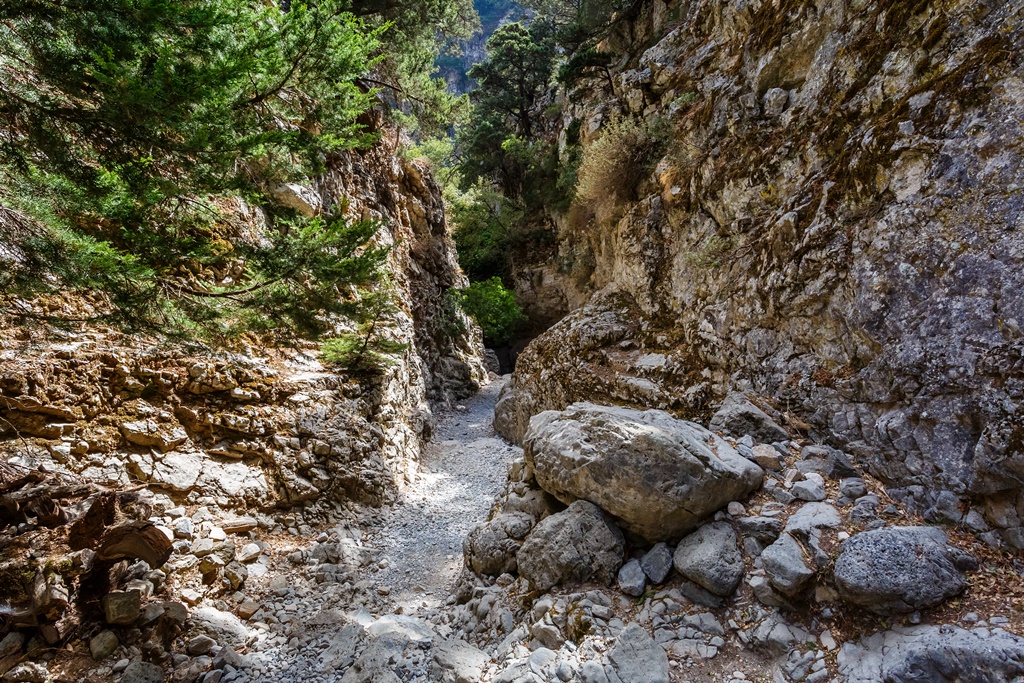
IMBROS GORGE
Imbros Gorge is located in province Sfakia and is the second largest gorge in Crete, following Samaria Gorge. The picturesque scenery and its wilderness in combination with the low difficulty make the descent of Imbros ideal for families with children. The walking length of the gorge is 9 km and the course lasts about 2.5 hours. You can walk to the gorge all year round and it is definitely worth seeing.
During your descent you will meet various famous locations such as the “Airplane”, “Stenada”, “Mesofarango” and “Xepitira Arch”.
Imbros gorge was the escape route for thousands of allied troops retreating from the north of the island. During the period of the battle of Crete in 1941 the troops headed for Chora Sfakion to be collected by ships.
Points of Interest & Sfakia
From Imbros Village you will start hiking until “Komitades” village. You will meet traces of the old stone paved trail that was once the main passage from Sfakia to Chania.
After approximately 1 hour of walk into the gorge, you will reach the narrowest point of the gorge. The walls of the gorge are less than 2 meters apart and tower 300 m. above. At the end of the gorge you will reach “Komitades” village, where the bus will take you to Chora Sfakion.
Chora Sfakion is the capital of the remote and mountainous region of Sfakia. The untamed landscape is combined with the quiet. Charming seaside settlement. The sandy beach with the crystal clear blue waters is suitable for relaxation after hiking. A few coffee shops and taverns are located within and around the villages. In its northern neighbourhood, you will find the ruins of the venetian "Fortress of Sfakia” or “Castel di Sfacia or Sfachia” where you can get a panoramic view of Sfakia and admire the wilderness of the nature.
EUR
Image is unavailable
SAMARIA GORGE IAKOVOS TRAVEL
EUR
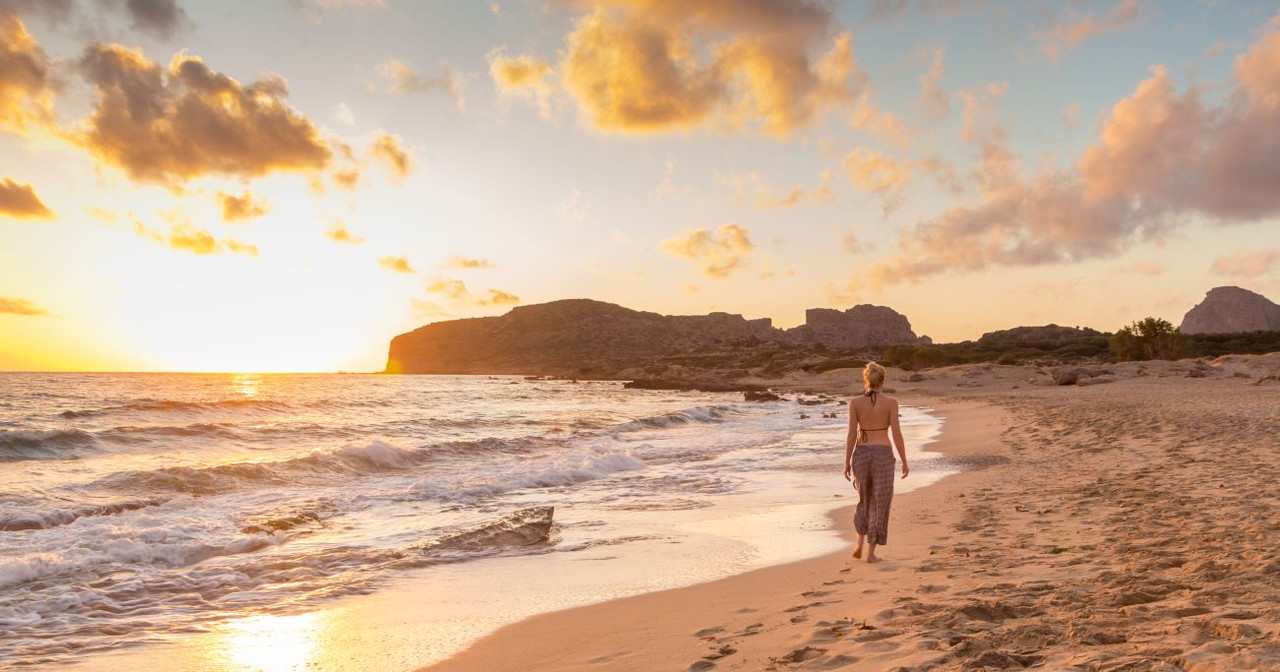
FALASSARNA SUNSET
EUR
Image is unavailable
JEEP RET SAFARI TOUR2 Explore the S
EUR
Image is unavailable
CRETAN RET VILLAGES AURINKOMATKAT
EUR
Image is unavailable
JEEP SAFARI CHANIA TOUR 2
EUR 105
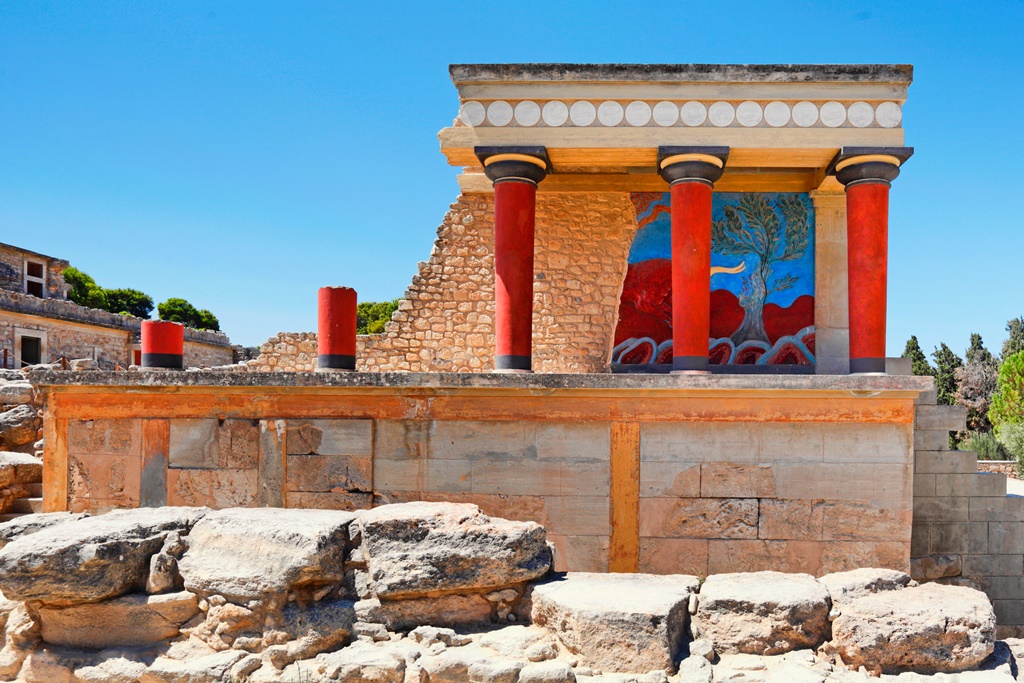
KNOSSOS PALACE + HERAKLION CITY
Knossos Palace
Knossos is the site of the most important and better known palace of Minoan civilization. According to tradition, it was the seat of the legendary king Minos. The Palace is also connected with thrilling legends, such as the myth of the Labyrinth with the Minotaur and the story of Daedalus and Icarus. The site was continuously inhabited from the Neolithic period (7000- 3000 B.C.) until Roman times.
After its partial destruction in 1450 B.C., Knossos was settled by Mycenaeans from the Greek Mainland. The city flourished again during the Hellenistic period in 67 B.C. It was captured by the Roman Quintus Caecilius Metelus Creticus.
Knossos was discovered in 1878 by Minos Kalokairinos. Arthur Evans conducted systematic excavations at the site between 1900 and 1931, bringing to light the palace, a large section of the Minoan city, and the cemeteries. The restoration of the palace to its present form was carried out by Arthur Evans. The interventions were mostly imposed by the need to preserve the monuments uncovered.
The Heraklion Archaeological Museum
The Heraklion Archaeological Museum is regarded as one of Europe''s most important museums. The present building was constructed between 1933 and 1937 to plans by P. Karantinos, on the site of the imposing Venetian Franciscan friary destroyed by an earthquake in 1856.
The museum brings together archaeological finds from all over Crete, covering over 5500 years of the island''s history. Pride of place is given to the treasures of Minoan civilisation, the entire historical course of which can thus be appreciated. Justly regarded as the home of Minoan civilisation par excellence, the museum houses the most important collection of Minoan antiquities the world over.
The main building of the museum was closed for interior renovation from November 2006 to May 2013 with a small temporary exhibition remaining opened.
EUR
Image is unavailable
TASTING TOUR AURINKO
EUR
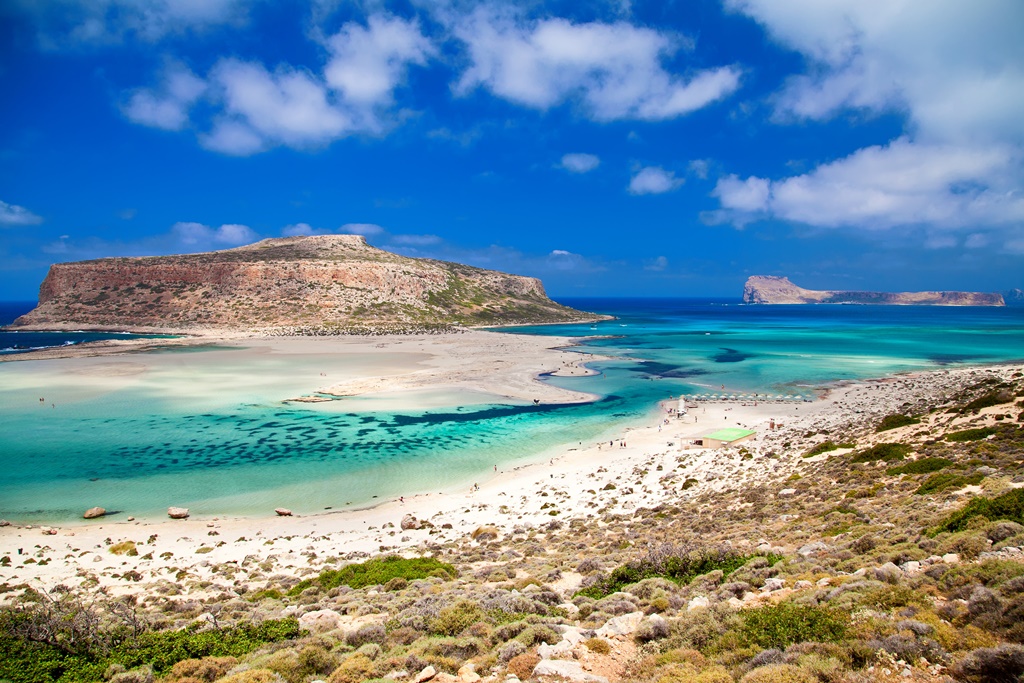
BALOS + GRAMVOUSA CRUISE
Departing from the port of Kissamos and while sailing, you will admire a huge cave, that is believed to have been the ancient shipyard of “Tarsanas”. At the end of the Gulf you will notice an impressive geological phenomenon where, as a result of the passage of time, the western part of the island is rising, while the eastern part is sinking. This phenomenon was mainly created by catastrophic earthquakes that took place in 66 BC and 365 BC. According to scientific estimates, this geographical phenomenon still continues today, but at a much slower rate.
After approximately 1 hour, the boat arrives at the port of Gramvousa. The island's eminent castle was built by the Venetians in 1579 at the highest point of the island, on top of a steep rock at a height of 137m. It is surrounded by a wall of 272m. It has a rough triangular shape and each side is 1km in length. Gramvousa castle played an important role in the history of the region. The panoramic view, its majesty and the legend of the pirate's hidden treasure, will tempt you to visit it. The walk takes approximately 20 minutes.
TIP!! You should first visit the Castle in Gramvousa and then swim in the cool water…!
Following the 2 hour visit to Gramvousa, the boat will depart for the lagoon of Balos, a journey of approximately 15 minutes. As there is no harbour at the lagoon, the boat will either drop anchor in the cove of Gramvousa (Tigani), about 200m from the beach, at a depth of approximately 4m, where disembarkation will take place from large boats, or approach the beach where disembarkation can take place directly onto the beach. Your stay at the lagoon, where you can enjoy a fantastic swim, will last for about three hours.
EUR

SAMARIA GORGE
No holiday in Crete is complete without a trip through the 2nd longest gorge in Europe, the Gorge of Samaria. It is the longest and most imposing ravine in the Mediterranean. It is 16.5 kilometers in length from the position of Xyloskalo and terminates at Agia Roumeli in the Libyan Sea.
We will arrive around 7 o’clock in the morning and after a short break you will start walking. Descending the 600 wooden steps you will be intrigued by the beauty and serenity of this massive gorge which is shadowed by the White Mountains.
You will come across the church of St. Nicolas, built on the ruins of an ancient temple. Afterwards you will reach “Portes” or “Iron Gates”, the narrowest pass of the gorge. The hike ends at Agia Roumeli.
EUR
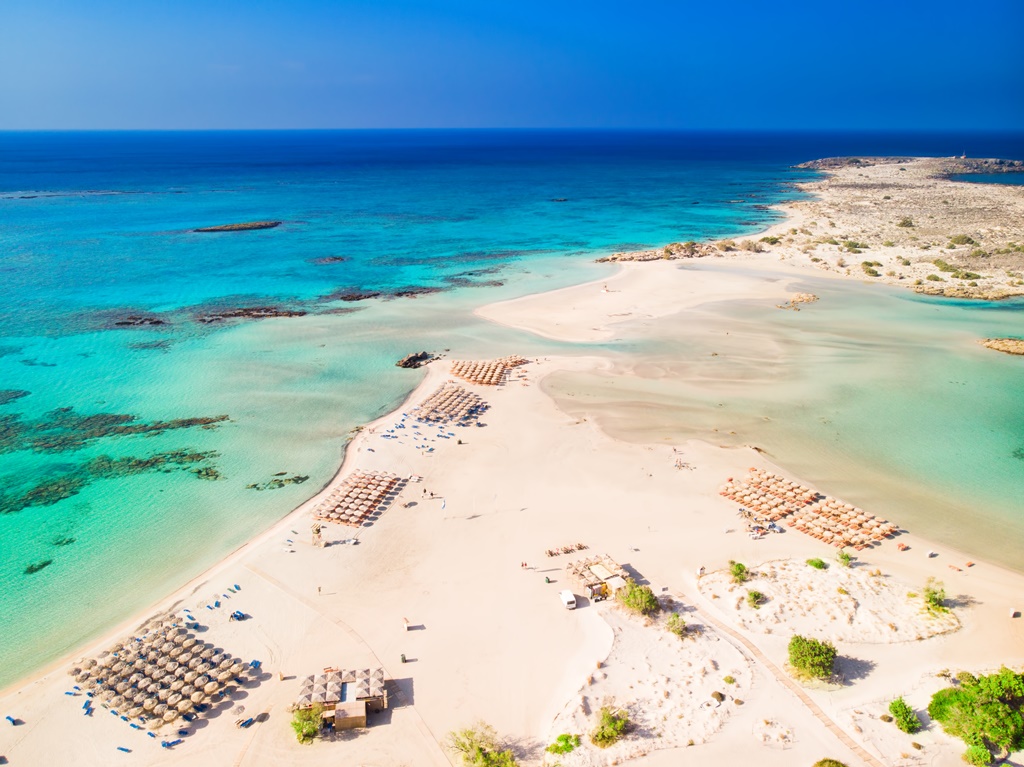
ELAFONISSI BEACH
Elafonissi is located 76km west of Chania in the southwestern most point of Crete. Elafonisi is an oblong, which often "breaks" in two parts by water giving the impression of being a separate island.
Elafonissi is a “Natura 2000” protected area. The island is full of dunes with sand lilies and junipers (like-cedar trees). The endangered turtles Caretta-Caretta and several rare animals nest on the island and it is strictly forbidden to remove any plants, animals from the area. Exotic beach with white sand and turquoise waters, reminding of the Caribbean, are formed on either sides of the peninsula. The sand is pinkish in many places, taking its color from thousands of broken shells.
Near the “breaking" point of the peninsula, the water does not exceed 1m, creating a small lagoon, ideal for children. You can easily cross the lagoon in order to reach the “island”, having your stuff with you, because the water is very shallow there.
The eastern side of the beach, in front of the lagoon, is well organized and has the most people. There are umbrellas, showers, lifeguards, snack bars and changing rooms. TripAdvisor website has rated Elafonissi as the 11th Best Beach in the world for 2019.
Ag. Sophia Cave
Built at a height of 80m from the main road that crosses the Topolia Gorge, this church is rich in history and traditions that date back to the battles of Cretans against their conquerors (the Venetians and Turks).
Cretan soldiers, who had fought at the siege of Constantinople, carried the icon of Saint Sophia on their way back to Crete. The icon was found wedged inside a rock inside the cave. It is 10m wide and 20m high.
Magnificent stalactites, stalagmites and pillars cover the largest part of its surface. Neolithic shells and a previously unknown species of insect that was named Spermophora Topolia were discovered in this cave.